What Plants Don’t Like Coffee Grounds
- February 13, 2024
- 2 comment
Coffee grounds are a popular organic matter added to gardens for their nitrogen content and ability to improve soil structure. While many plants thrive with the addition of coffee grounds to their soil, not all plants respond favorably. It’s important for gardeners to understand which plants might be negatively affected by this practice.
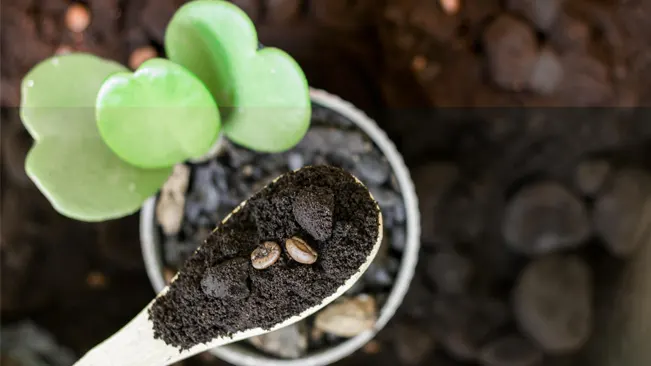
Coffee grounds are known for their acidic nature. Although used coffee grounds are generally neutral in pH, they can still contribute to increased soil acidity over time. This change in soil composition can be detrimental to plants that prefer neutral or alkaline soils.
Plants Sensitive to Coffee Grounds
Alkaline Soil-Loving Plants
Plants that thrive in alkaline soils, such as lilacs and geraniums, may struggle with the addition of coffee grounds. These plants can exhibit stunted growth or yellowing leaves in acidic conditions.
Lilacs (Syringa vulgaris)
These fragrant shrubs are well-known for their preference for slightly alkaline soils.
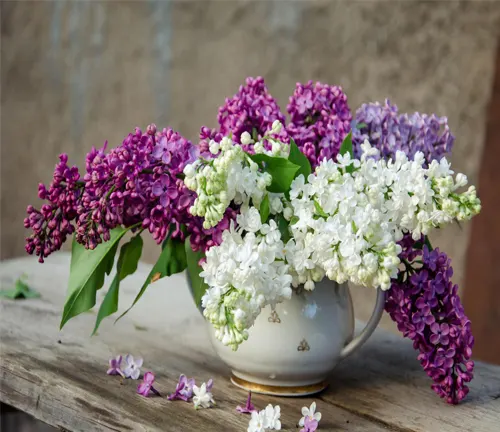
Clematis
A popular climbing vine, clematis thrives in neutral to alkaline soil conditions.
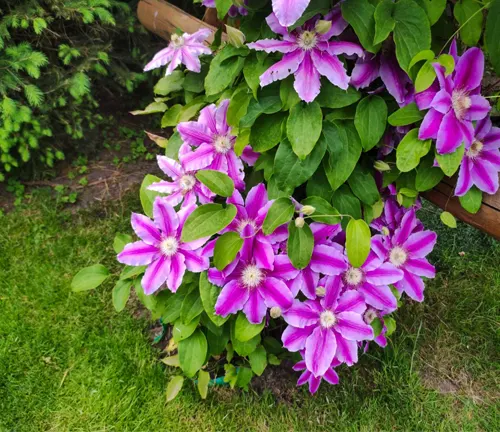
Dianthus
Often known as “pinks,” these plants enjoy alkaline soils and are commonly used in rock gardens.
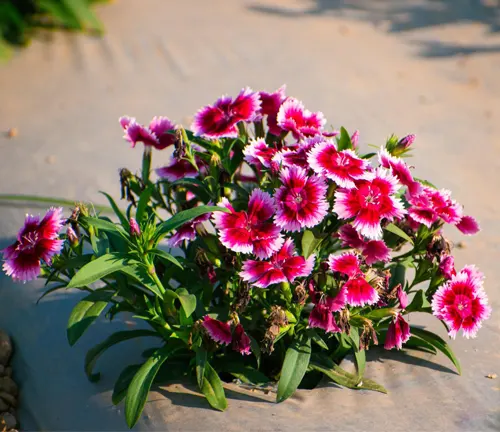
Russian Sage (Perovskia atriplicifolia)
This plant is suited to alkaline soils and is known for its drought tolerance.

Boxwood (Buxus)
Often used in formal gardens for hedges, boxwood prefers slightly alkaline soil.
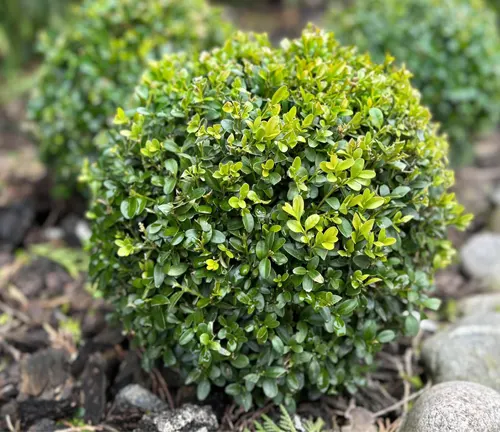
Forsythia
This early spring bloomer grows well in neutral to alkaline soils.
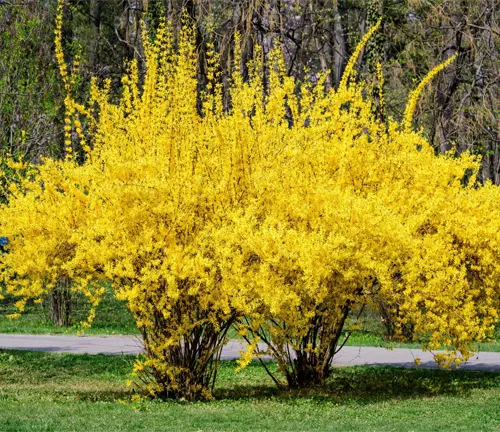
Geraniums
While some geraniums are tolerant of a range of soil conditions, many thrive best in neutral to alkaline soils.

Lavender (Lavandula)
Lavender prefers alkaline soils and is often found in rocky, dry areas.
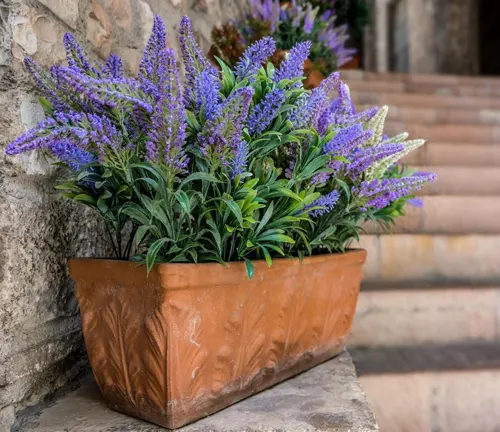
Phlox
This flowering plant does well in alkaline soil, especially the garden phlox variety.

Yucca
Known for their tolerance to drought, many yucca species prefer alkaline soils.
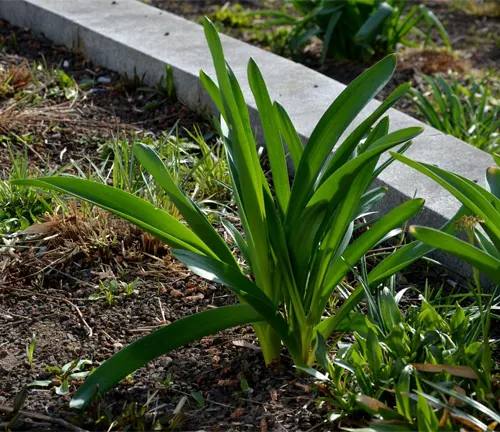
Seedlings and Young Plants
The high nitrogen content in coffee grounds can be too intense for seedlings or young plants. This can lead to inhibited growth or even plant death, as their delicate roots are overwhelmed by the concentrated nutrients. For example, young legumes (like beans and peas) might not respond well to the acidic nature of coffee grounds.

Desert Plants and Succulents
These plants are adapted to grow in arid, low-fertility soils. The addition of coffee grounds can lead to overly moist soil conditions and nutrient imbalances, negatively affecting their growth.
Cacti
Most cacti species prefer arid, well-draining soils. They are adapted to environments with limited water and nutrients. Adding coffee grounds can make the soil too acidic and retain more moisture than is ideal for these plants.
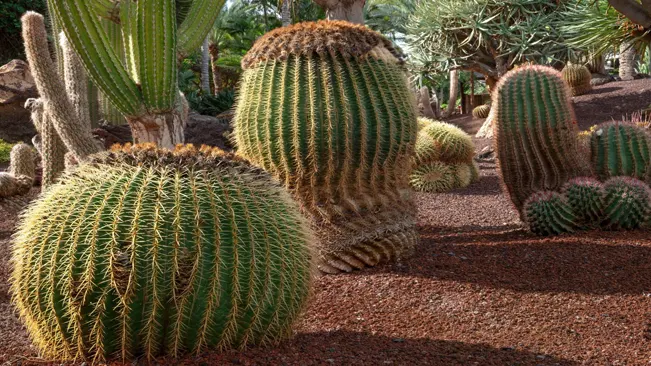
Aloe Vera
Known for its medicinal properties, Aloe Vera thrives in sandy, well-draining soil. It prefers a drier environment, and the moisture-retentive nature of coffee grounds could lead to root rot.
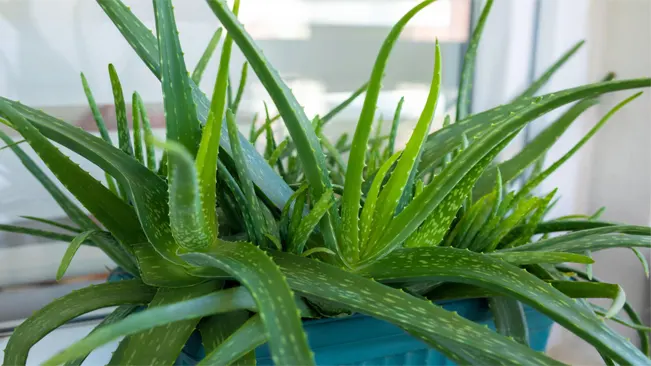
Agave
Agave plants are another group that thrives in arid conditions and doesn’t require nutrient-rich soils. The addition of coffee grounds might disturb their natural growing conditions.
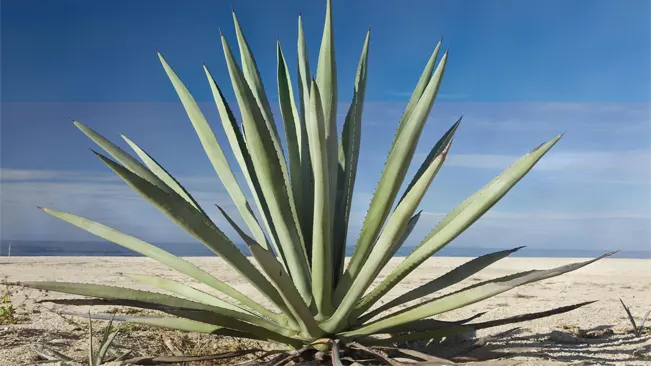
Sempervivum (Hens and Chicks)
This popular succulent prefers lean soil and is used to growing in rocky, nutrient-poor soil. Excess nutrients from coffee grounds can disrupt their growth.

Echeveria
Echeverias are succulents that require excellent drainage and minimal watering. The addition of coffee grounds can lead to too much soil moisture.

Jade Plant (Crassula ovata)
This succulent is known for its resilience but prefers dry conditions and can suffer from root rot in overly moist soils, which can be exacerbated by coffee grounds.
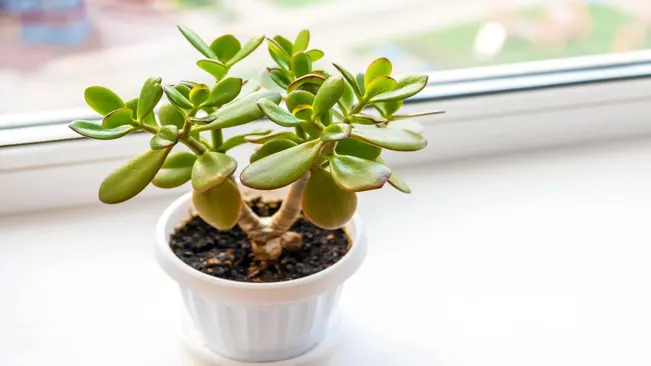
Lithops (Living Stones)
These small, unique succulents are adapted to extremely dry environments and do not do well with excess moisture or nutrients.
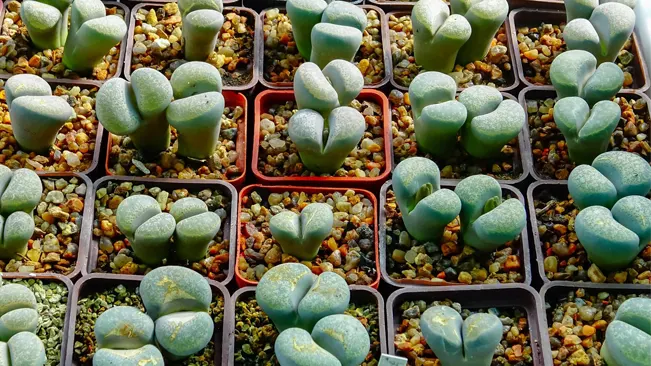
Sedum
Sedum species, also known as stonecrops, are adapted to poor soils and can be negatively affected by the nutrient-rich and moisture-holding properties of coffee grounds.
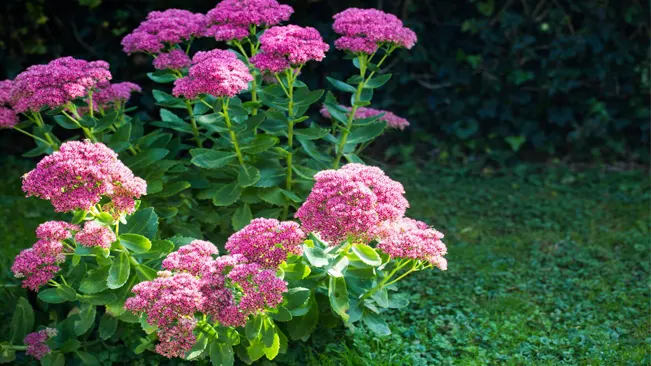
Tomatoes and Other Fruit-Bearing Plants
While tomatoes like slightly acidic soil, an excess can lead to poor fruit production. Similarly, other fruit-bearing plants may produce less fruit or fruits of lower quality if the soil becomes too acidic.
Tomatoes
Tomatoes generally prefer slightly acidic to neutral soil (pH around 6.0 to 7.0). While they can tolerate a bit of acidity, too much can lead to problems like blossom end rot or inhibited calcium absorption. Excessive coffee grounds can create overly acidic conditions, which might harm tomato plants.
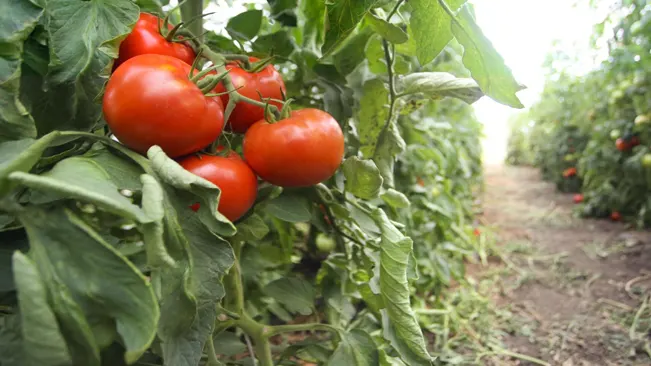
Other Fruit-Bearing Plants
Blueberries and Cranberries
These plants actually prefer acidic soil, but the issue is more about the balance of nutrients. Coffee grounds are rich in nitrogen, which can disrupt the nutrient uptake if not balanced with other elements like phosphorus and potassium.
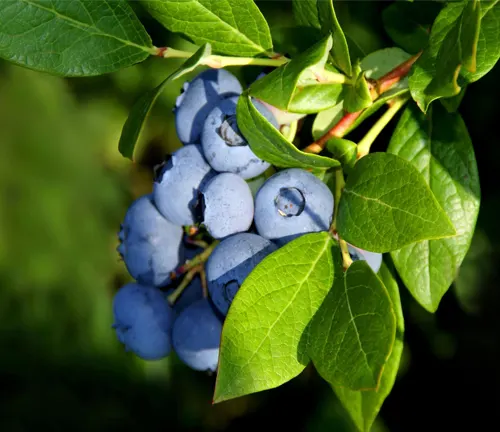
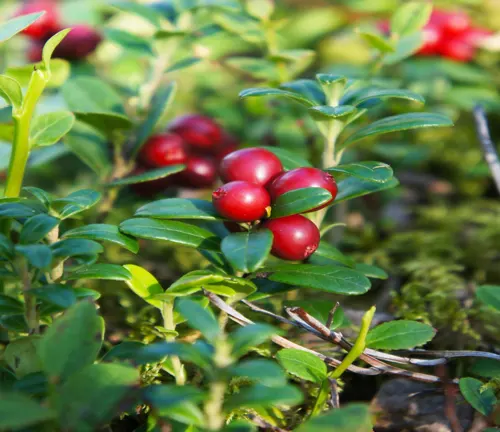
Peppers and Eggplants
Similar to tomatoes, these plants prefer a slightly acidic to neutral pH. Too much acidity from coffee grounds can negatively impact their growth and fruit production.
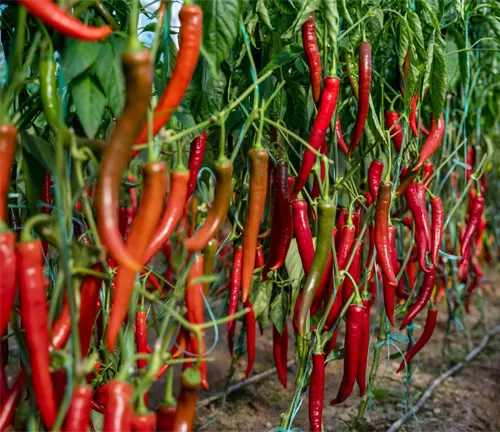
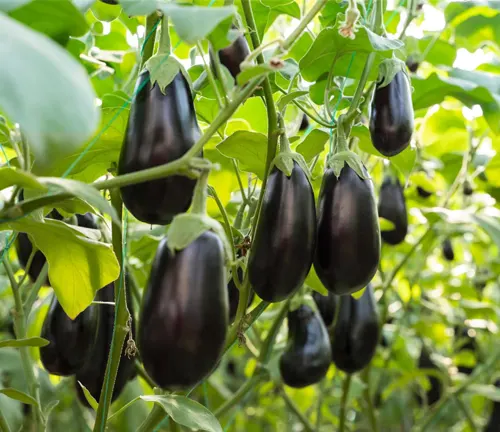
Melons and Cucumbers
These plants prefer a neutral pH soil. Over-acidifying the soil with coffee grounds can lead to poor growth and reduced yield.
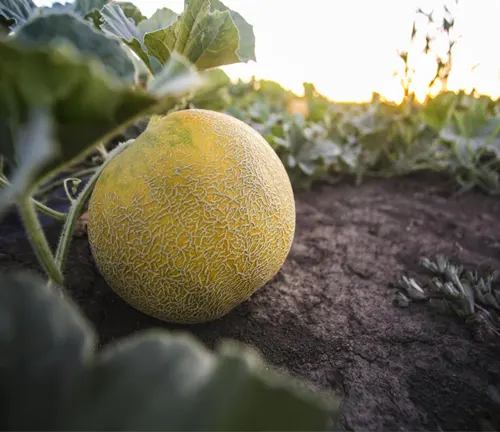
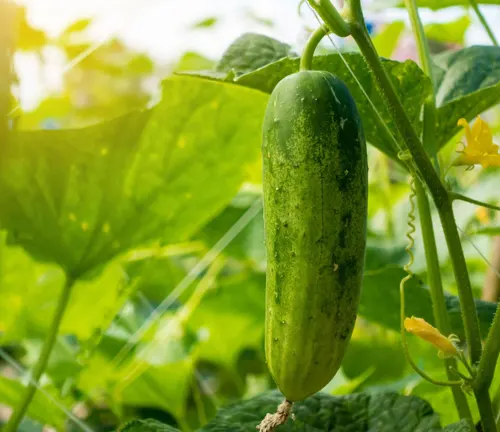
Zucchini and Squash
These are another group of plants that thrive in neutral pH soils. Excessive coffee grounds can lead to acidic soil conditions, adversely affecting their growth.
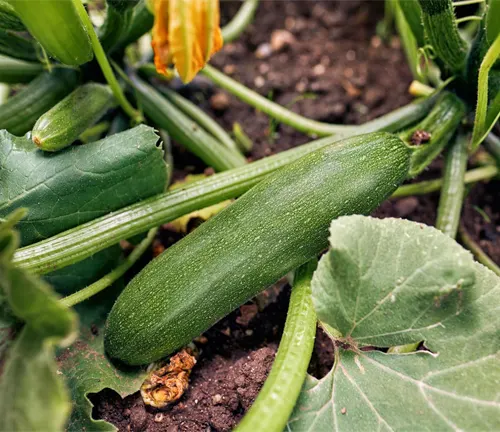
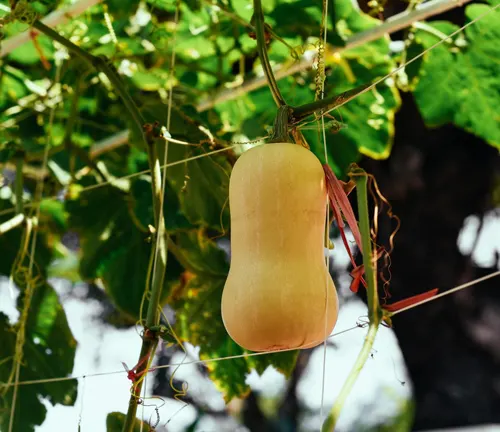
Best Practices for Using Coffee Grounds
Test Soil pH Regularly
- Importance of pH Testing: Soil pH significantly influences plant growth by affecting the availability of nutrients. Most plants prefer a pH range of 6.0 to 7.0, but this can vary. By regularly testing your soil’s pH, you can understand if it leans towards acidic or alkaline.
- How to Test: Soil pH testing kits are widely available and easy to use. You can also seek professional soil testing services for a more comprehensive analysis.
- Frequency: It’s good practice to test your soil at least once a year, ideally in the spring before you add any amendments like coffee grounds.
Compost Coffee Grounds
- Balancing Acidity: While fresh coffee grounds are acidic, once composted, they become more neutral. This process helps in reducing the potential negative impact of their acidity when applied directly to the soil.
- Creating Compost: Mix coffee grounds into your compost bin along with other green (nitrogen-rich) and brown (carbon-rich) materials. A balanced compost should have a mix of these materials to ensure proper decomposition and nutrient balance.
- Benefits: Composted coffee grounds improve soil structure, aeration, and water retention. They also add beneficial microorganisms and nutrients to the soil.
Use in Moderation
- Avoid Over-application: Excessive use of coffee grounds can lead to soil compaction, over-acidification, and imbalance in nutrient levels. This can hinder plant growth and root development.
- Recommended Usage: Use a thin layer (no more than half an inch) of coffee grounds around your plants. This can be done every few months or as needed, depending on the plant’s response and soil conditions.
- Observation and Adjustment: Monitor your plants’ health and growth after applying coffee grounds. Adjust your usage based on their response. If you notice signs of distress (like yellowing leaves or stunted growth), it might be wise to reduce or stop the use of coffee grounds.
Additional Tips
- Worms Love Coffee Grounds: Earthworms are attracted to coffee grounds, which is beneficial for soil health and aeration. This makes coffee grounds an excellent addition to vermicomposting bins.
- Avoid Using on Seedlings: As mentioned earlier, seedlings and young plants are sensitive to the high nitrogen content and acidity in coffee grounds. It’s better to wait until plants are more established before introducing coffee grounds.
- Rinse if Necessary: If you’re concerned about caffeine residue or mold, you can rinse your coffee grounds before composting or applying them to the garden.
| Benefit Category | Details and Benefits |
|---|---|
| Soil Amendment | Improves soil structure (aeration and drainage). Increases water retention, especially in sandy soils. |
| Nutrient Supply | Rich in nitrogen, essential for plant growth. Contains potassium, phosphorus, and trace minerals. |
| Microbial Activity | Encourages beneficial microbial activity in soil. Helps in breaking down organic matter. |
| Natural Pest Deterrent | May repel pests like slugs and snails due to abrasive texture and caffeine. |
| Attracting Earthworms | Attracts earthworms, which improve soil structure and nutrient mixing through their activity. |
| Acidifying Soil | Beneficial for acid-loving plants (e.g., azaleas, blueberries) as it can help lower soil pH over time. |
| Eco-Friendly Practice | Utilizes kitchen waste, reducing landfill contribution. Promotes sustainable and environmentally friendly gardening. |
Usage Tips
- Composting: Compost coffee grounds before use to neutralize acidity and balance nutrients.
- Moderation: Use in small amounts to avoid soil compaction and excess acidity.
- Plant Response Monitoring: Observe how plants react to coffee grounds and adjust usage as needed.
Conclusion
Coffee grounds can be a valuable addition to many gardens, but understanding their effects on soil and plant health is crucial. Gardeners should be aware of the specific needs of their plants, particularly those that prefer neutral or alkaline soils, and use coffee grounds accordingly. With thoughtful application, coffee grounds can contribute to a healthy and vibrant garden without harming sensitive plants.
FAQs (Frequently Asked Questions)
- Which plants should I avoid using coffee grounds with?
Avoid using coffee grounds with plants that prefer alkaline or neutral pH soil, such as lavender, sage, and marigolds. - Can coffee grounds harm seedlings?
Yes, coffee grounds can harm seedlings due to their high nitrogen content and potential to increase soil acidity, which can overwhelm young plants. - Why don’t desert plants like coffee grounds?
Desert plants, such as cacti and succulents, are adapted to low-fertility soils and can suffer from the nutrient-rich and moisture-retentive nature of coffee grounds. - Is it safe to use coffee grounds on fruit-bearing plants?
It depends on the plant. While some fruit-bearing plants can benefit, others like blueberries, which prefer acidic soil, can be negatively affected if the soil becomes too acidic. - Can coffee grounds change the soil pH too much for some plants?
Yes, overuse of coffee grounds can lead to an overly acidic soil pH, which is unsuitable for plants that prefer neutral or alkaline conditions. - Are there any flowers that should not be exposed to coffee grounds?
Yes, flowers such as geraniums and lilacs, which prefer alkaline soil, may not thrive with the addition of coffee grounds. - How can I tell if my plants are negatively affected by coffee grounds?
Look for signs like stunted growth, yellowing leaves, and reduced flowering or fruiting, which may indicate that the soil has become too acidic or nutrient-imbalanced for the plant. - Should I use coffee grounds on my vegetable garden?
It depends on the vegetables you are growing. Research the pH preference of your vegetables; those that prefer slightly acidic soil may benefit, while others may not. - Can the caffeine in coffee grounds affect plants?
While most of the caffeine is removed in the brewing process, residual caffeine can potentially harm plants sensitive to it, although this is less common. - What’s the safest way to use coffee grounds in gardening?
The safest way is to compost them first or use them in moderation as part of a balanced approach to soil amendment, and always monitor your plants’ reactions.

Kristine Moore
Forestry AuthorI'm Kristine Moore, a seasoned garden landscaping professional with over 30 years of experience. My extensive career has been dedicated to transforming outdoor spaces into stunning, sustainable landscapes. With a deep understanding of horticulture, design principles, and environmental stewardship, I have become a respected figure in the field, known for creating harmonious, visually appealing, and eco-friendly gardens. My commitment to excellence and continuous learning in landscaping trends and techniques has solidified my reputation as an expert in garden design and implementation.













Hi Kristine: I would appreciate your advice on outdoor use of Bougainvillea. Will leaving the plant in a pot produce a better result than planting directly into the soil ? Where can I find other helpful info ? Thanx. Bob Bloch Palm Bay, FL
Bob Bloch
September 24, 2024 4:06 pmHi Bob, Bougainvillea can thrive both in pots and directly in the ground, but each option has its benefits. In pots, you have better control over soil drainage and movement if needed. In the ground, the plant can grow larger and stronger roots but needs well-draining soil. In Palm Bay, FL, either method works, just be sure it gets full sun and doesn't sit in water. Hope this helps!
Kristine Moore
September 27, 2024 3:06 am